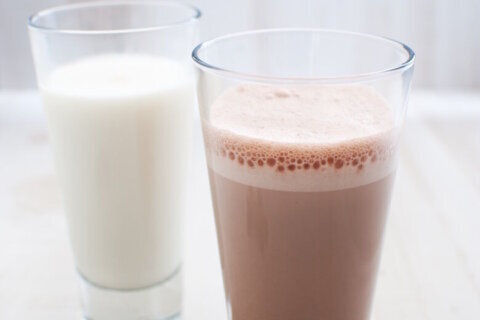It’s the International Year of Pulses, according to the U.N. What’s so special about pulses that they deserve a whole year’s worth of celebration?
Well, let’s start with the fact that pulses — dried beans, peas and lentils — are the cornerstone of traditional diets around the globe, from pinto beans in Mexico to lentils in India. Just about every culture on the planet has their own pulse front and center in cuisine — and health. Just look at hummus (made of chickpeas) in the Middle East, pea soup in Sweden and even black-eyed peas and greens in the Southern U.S., to name a few examples.
Next, factor in that pulses are packed with nutrition, serving as rich sources of protein, fiber, vitamins, minerals and even phytochemicals. To top it off, pulses are a very sustainable protein source — these plants are drought-tolerant, require relatively low levels of resources, and they even fix nitrogen in the soil. So you can see why pulses are basking in the limelight for Earth Month — and the whole year.
I recommend that you eat pulses every single day. That’s because consuming these plant foods regularly has been linked with a lower risk of heart disease, Type 2 diabetes and obesity. In addition, pulses can take the place of less sustainable protein choices on your plate, like large amounts of red meat. So, get out there and enjoy pulses every day! They are so versatile, easy, economical and delicious.
Here are my four favorite tips for powering your diet with pulses:
1. Keep bags of dried pulses in your pantry. This could, for example, include pink beans, navy beans or lentils. Pulses are shelf stable, economical and easy to prepare. All you have to do is soak beans overnight in water, drain the water and simmer them the next day until tender. Lentils are even easier. You don’t have to soak lentils overnight; just add water and cook them until tender — about 25 minutes.
2. Stock up on canned beans. Canned beans, such as kidney beans, garbanzos (chickpeas) and cannellini beans are easy to find, economical and make great go-to additions to salads, casseroles, soups, pasta dishes and side dishes.
3. Enjoy your daily hummus. Hummus — made from chickpeas — is catching on, and with good reason! This traditional Middle Eastern spread is an easy way to add a creamy, healthful flavor to sandwiches, salads, veggie platters and side dishes. While you can find hummus at most supermarkets, it’s quite simple to make it at home by blending chickpeas (or try other types of beans, such as white beans or black beans) with a bit of olive oil, garlic, lemon juice and tahini (sesame seed paste). Get creative and give hummus an extra kick of flavor with tasty additions, such as beets, peas and pumpkin.
4. Use beans to satisfy your sweet tooth. That’s right, you can highlight beans in desserts and breads, too. Add pureed beans to brownies, bars and cakes, or substitute wheat flour for bean flour in baking or quick breads, such as pancakes or muffins. You can even use the liquid leftover in a can of beans as an egg substitute. This bean liquid, which is called aquafaba, can be whipped into a meringue and used to lighten the texture of batters.
Make it Your Year to Eat More Pulses — on Earth Day and Beyond originally appeared on usnews.com







